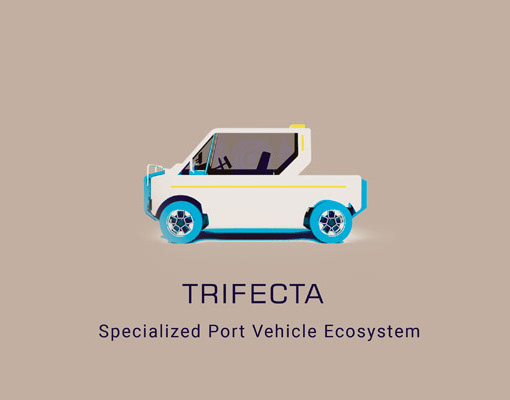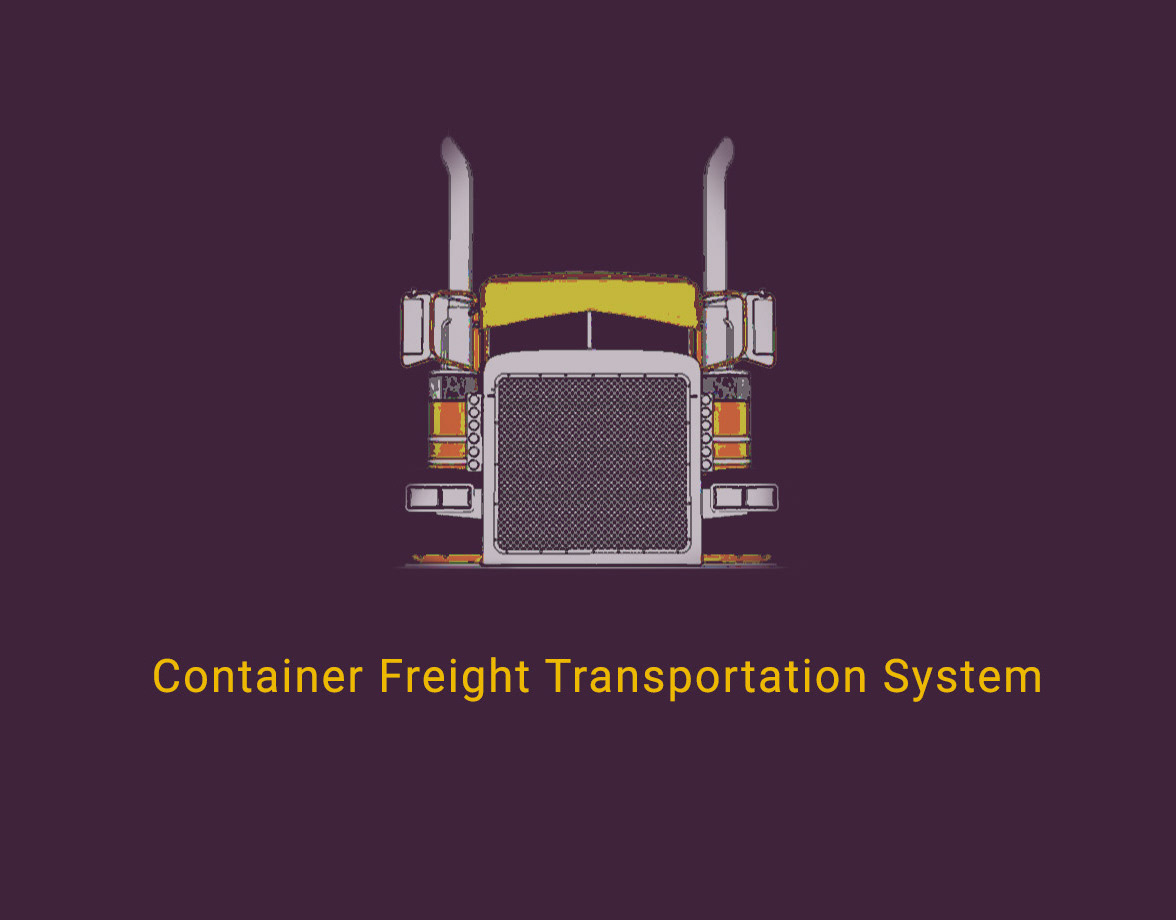Art Center Immersion Tool
BRIEF
Art Center College of Design is developing its next strategic plan, and through its course the management is facing a problem of whether there should be a new lab for testing human centered concepts or not? if yes, how should the lab look like and what tools must it encompass?
The problem was given to Graduate Transportation Systems and Design department to investigate the relevance of a simulator for Art Center.
Two phase projects (4 months each)
Phase 1. Research - Team of 8 | Role: User Researcher
Phase 2. Conceptualization - Team of 5 | Role: Concept Designer
Phase 1. Research - Team of 8 | Role: User Researcher
Phase 2. Conceptualization - Team of 5 | Role: Concept Designer
PROBLEM SPACE
Simulation
What is simulation?
Different definitions for us as well as industry experts, needed to investigate deeper.
Different definitions for us as well as industry experts, needed to investigate deeper.


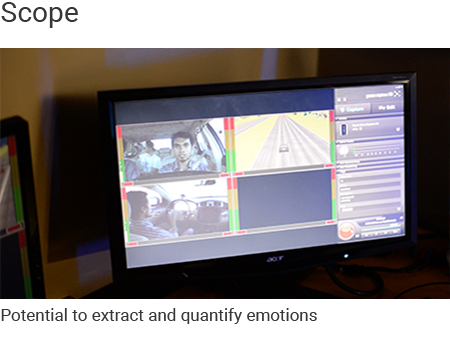
Art Center
• Art Center needs to be forward thinking to continue its success and further it's brand.
• Art Center needs to provide educational tools that foster future leaders.
• Art Center needs to provide educational tools that foster future leaders.



Students
Students as designers need tools to test user experience so that they can refine concepts to develop better solutions, and such a facility is currently lacking at Art Center.


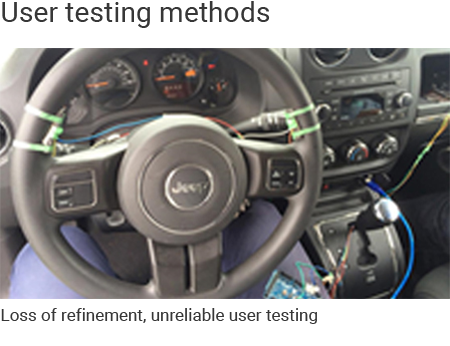
DESIGN CRITERIA
Simulation, if properly carried out and documented adds value by visualizing found physical experiences that aid in concept validation, pedagogical teaching practices and ultimately selling the solution or concept.
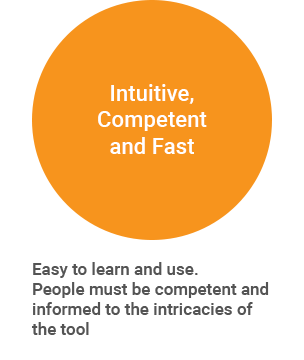

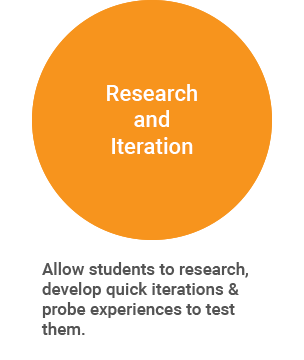

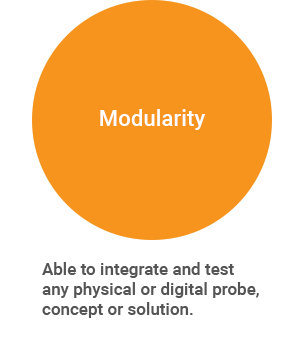
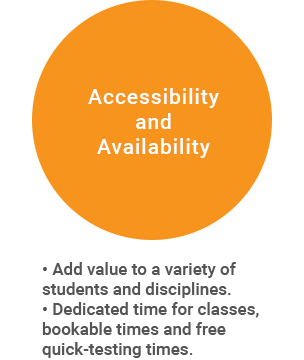

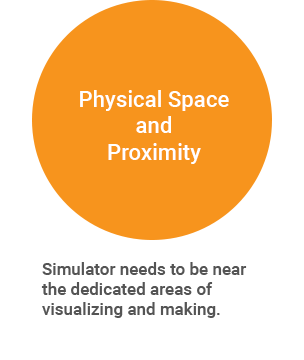
SOLUTION
Redefining the simulation
Due to the mixed interpretation of the word simulation, there is a need to redefine simulation and what it would mean to Art Center community in serving the students and the designers
Space
Physical space of the lab consists of three major zones:-
• The making and visualizing space where students can make or quickly iterate their designs (model shops, etc.).
• A semi immersive space where the students from different disciplines can interact and quickly user test their designs.
• The complete immersive space consists of high fidelity, sophisticated user testing.
• The making and visualizing space where students can make or quickly iterate their designs (model shops, etc.).
• A semi immersive space where the students from different disciplines can interact and quickly user test their designs.
• The complete immersive space consists of high fidelity, sophisticated user testing.
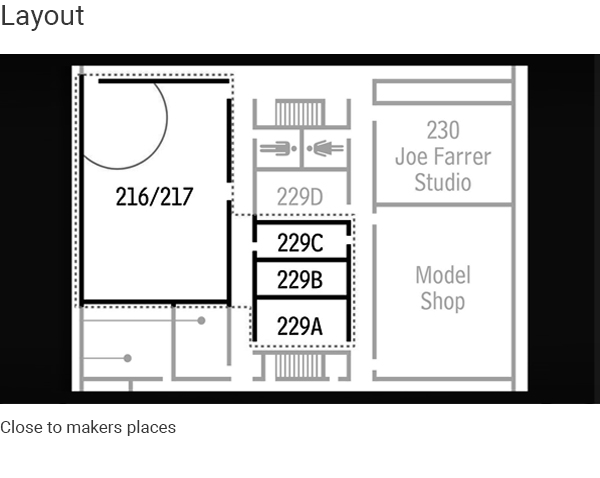

Tools
Tools are segregated into four categories catering user experience
Quick form exploration
This would allow students to quickly iterate the forms in 3D and make relevant decisions on how to refine the selected designs


Modular platform
This would provide flexibility to student to iterate various full-scale layouts and user test with the stakeholders by simulating virtual environments

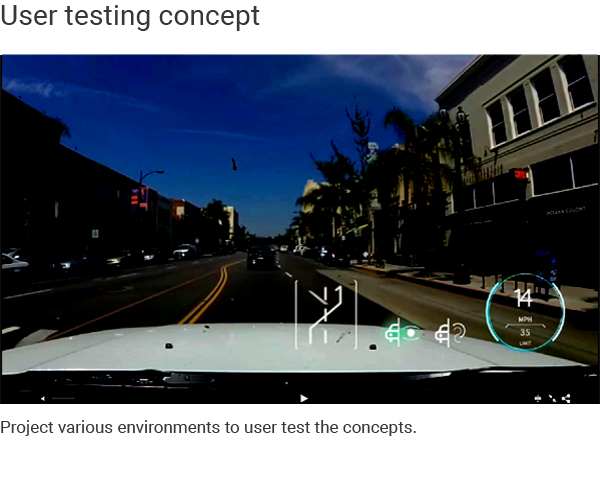
Quick scaling: Virtual Reality/Augmented Reality
This would allow students to visualize designs to scale, which becomes important to validate the concepts. Idea here is to have the flexibility to utilize different to tools to visualize the idea.
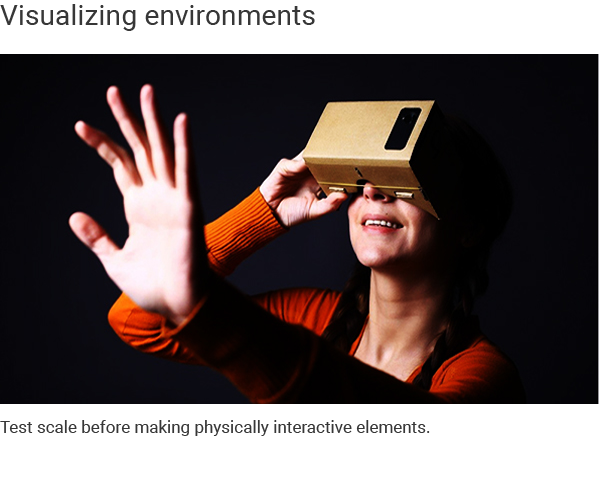

IMMERSION TOOL STRATEGY
Cost vs Freedom
Industry:-
An industry funded simulator allows for higher fidelity as well as real world application but generally means less freedom in its usage.
Independent:-
An Independent funded simulator allows for higher design freedom but will have lower fidelity due to lower budget and will require significant outside assistance in development of the simulator.
An industry funded simulator allows for higher fidelity as well as real world application but generally means less freedom in its usage.
Independent:-
An Independent funded simulator allows for higher design freedom but will have lower fidelity due to lower budget and will require significant outside assistance in development of the simulator.
Human Centered Criteria
Multi-Disciplinary | Research & Iteration | Intuitive | Teaching & Learning | Fast
Physical Criteria
Space | Proximity | Accessibility | Documentation | Modularity
Final Proposal
